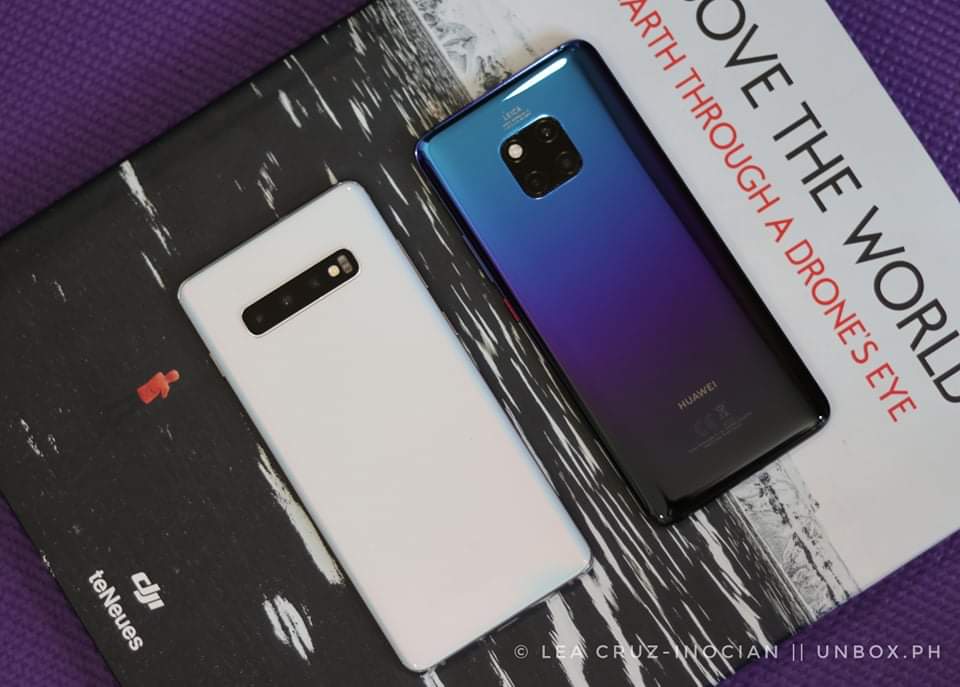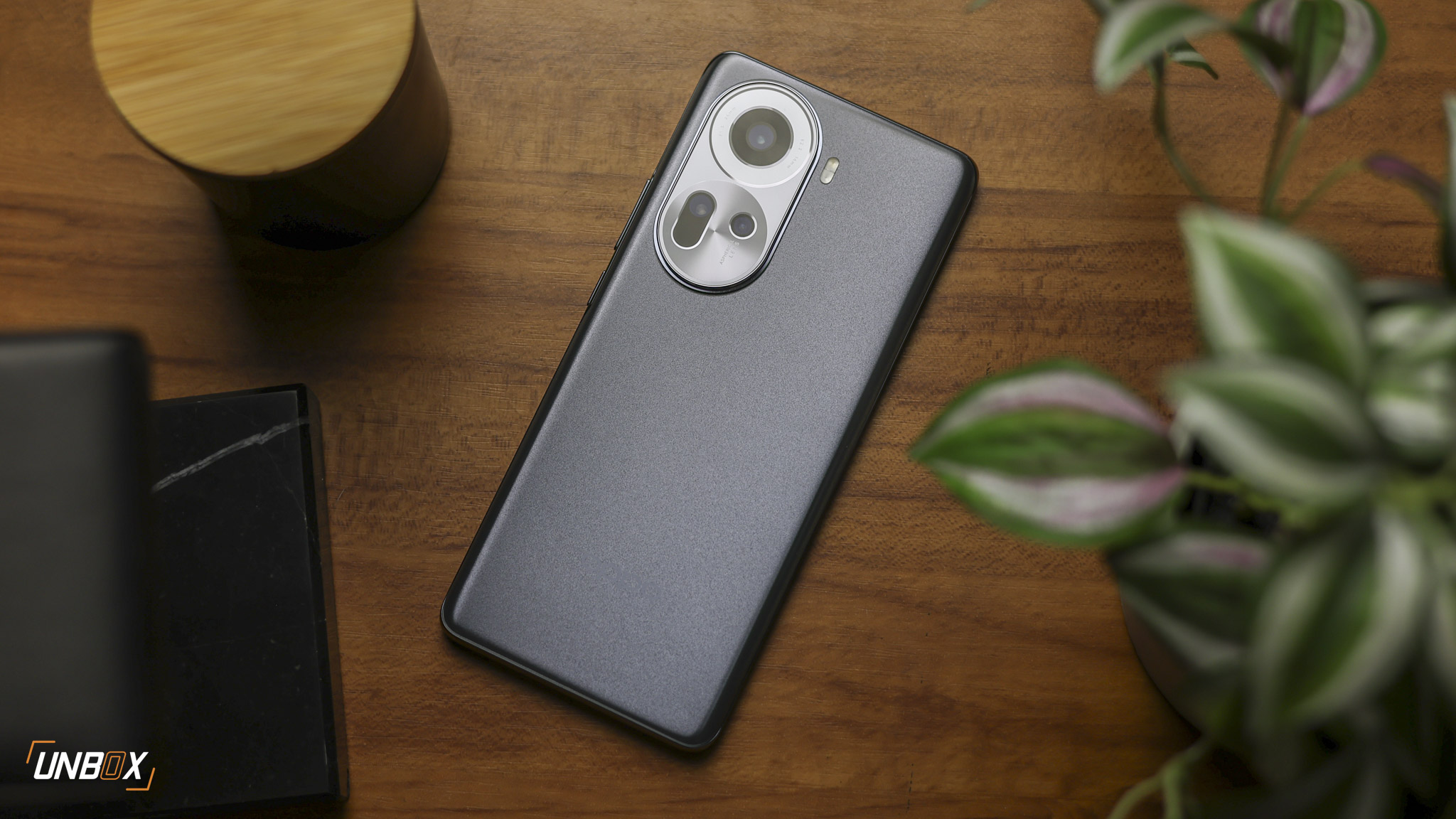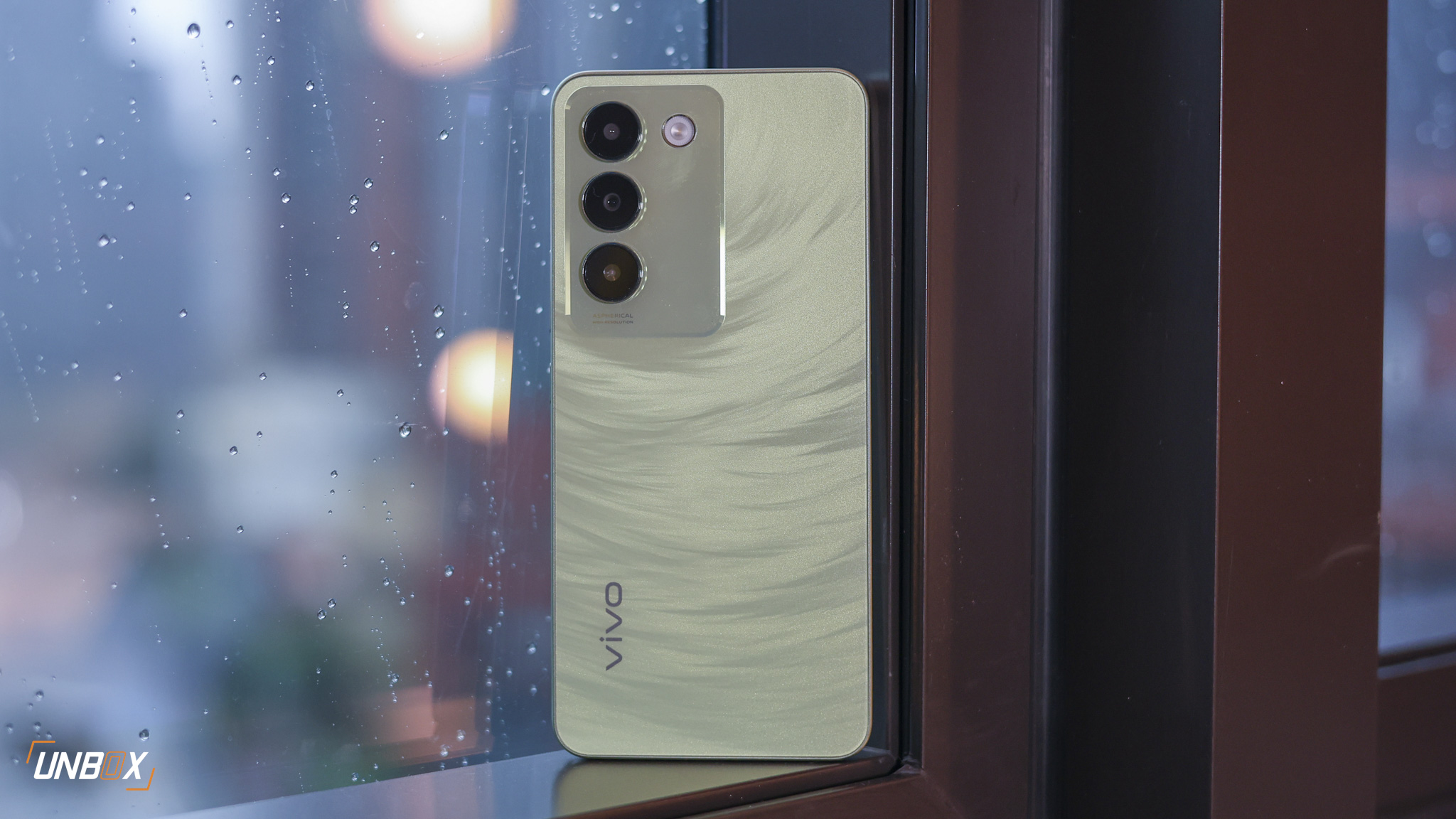We take a look at both phones to see what they have to offer!
Samsung officially launched its first flagship smartphone for 2019, the Galaxy S10 Plus. Long-time Samsung fans are happy that the Korean chaebol decided to put real innovative features in the S10 family of devices, and not just iterate like the S9.
But while the Galaxy S10 Plus is technologically impressive, it faces stiff competition from its closest Chinese competitor, the Huawei Mate 20 Pro. Both phones are pretty close to each other in terms of features and price, so today we’re going to pit both devices against each other to see how they stack up.
Samsung Galaxy S10 Plus Specs
- Samsung Exynos 9820 octa-core processor
- Mali-G76 MP12 GPU
- 8GB/12GB RAM
- 6.4-inch WQHD Dynamic Super AMOLED Infinity-O display, 3040 x 1440 resolution, dual curved edge, HDR10+
- 128GB/1TB expandable storage, via microSD
- Triple rear cameras: 12-megapixel primary camera with f/1.5 and f/2.4 aperture; 12-megapixel telephoto camera with f/2.4 aperture and 2x optical zoom; 16-megapixel ultra-wide camera; with Dual Pixel, Dual OIS, 960FPS Super Slo-Mo video, 4K HDR10+ shooting at 30FPS/4K shooting at 60FPS
- Dual front cameras: 10-megapixel f/1.9 main camera; 8-megapixel f/2.2 wide-angle camera; dual-pixel autofocus, 4K video recording
- Dual SIM
- 3G, LTE, WiFi 6
- GPS, A-GPS, GLONASS
- Ultrasonic Fingerprint scanner, facial recognition, heartbeat sensor, IP68 certification, USB Type-C port, Bixby AI, 3D Emojis
- 4100mAh battery with fast charging and wireless charging
- Android 9.0 Pie (One UI)
Huawei Mate 20 Pro specs
- HiSilicon Kirin 980 octa-core processor
- 6GB RAM
- 6.39-inch Quad HD+ curved OLED display, 18.7:9 Aspect ratio, DCI-P3 HDR support, 3120×1440 resolution
- 128GB internal storage, expandable via Nano memory card
- Triple Leica rear cameras:40-megapixel 27mm f/1.8 wide-angle camera, 20-megapixel 16mm f/2.2 ultra-wide-angle camera, 8-megapixel 80mm f/2.4 telephoto camera with Ultra Macro Mode, Huawei AIS, 5X Hybrid Zoom, 3X Optical Zoom, Master AI, up to ISO 102400 sensitivity
- 24-megapixel front camera with 3D depth sensing camera, 3D face unlock
- Dual SIM
- WiFi, Bluetooth, Dual band GPS, NFC
- In-display fingerprint scanner, IP68 rating, IR face unlock, stereo speakers
- 4200mAh battery with 40W fast charging and 15W wireless charging
- Android 9 Pie (EMUI 9)

Design
Since both phones are the flagships, it’s not surprising that both phones sport premium, glass-backed bodies.

We like the design on both phones: the Galaxy S10 Plus is classic Samsung, and the Mate 20 Pro is the logical iteration of Huawei’s design ambitions.
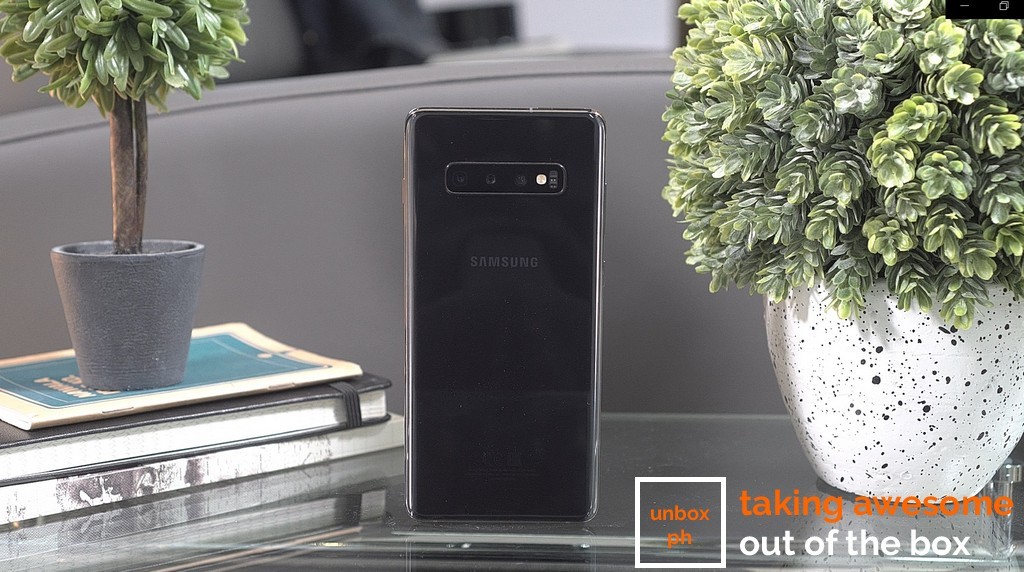
The only thing we don’t like about Samsung’s flagship is the fact that the camera module sticks out a few mm past the body. While Huawei’s Leica-branded triple cameras also extend past the chassis of the phone, it doesn’t stick out as much as the Galaxy S10 Plus’.

Both the Galaxy S10 Plus and the Mate 20 Pro comes in different colors, though the Mate 20 Pro looks more striking, visually, thanks to the unique, textured finish on the Blue and Green models of the phone.
Both phones are water resistant and are IP68 rated.
Features
Samsung’s new Galaxies have a lot of new features under their shiny, glass bodies. The Galaxy S10 Plus has a new ultrasonic fingerprint scanner embedded in the display that’s faster than the traditional optical variety that’s used by other companies, Huawei included. The phone also has wireless charging that can be reversed to charge other phones in a pinch if need be.
As impressive as these features are, Huawei’s Mate 20 Pro has had these features months before Samsung’s latest and greatest.
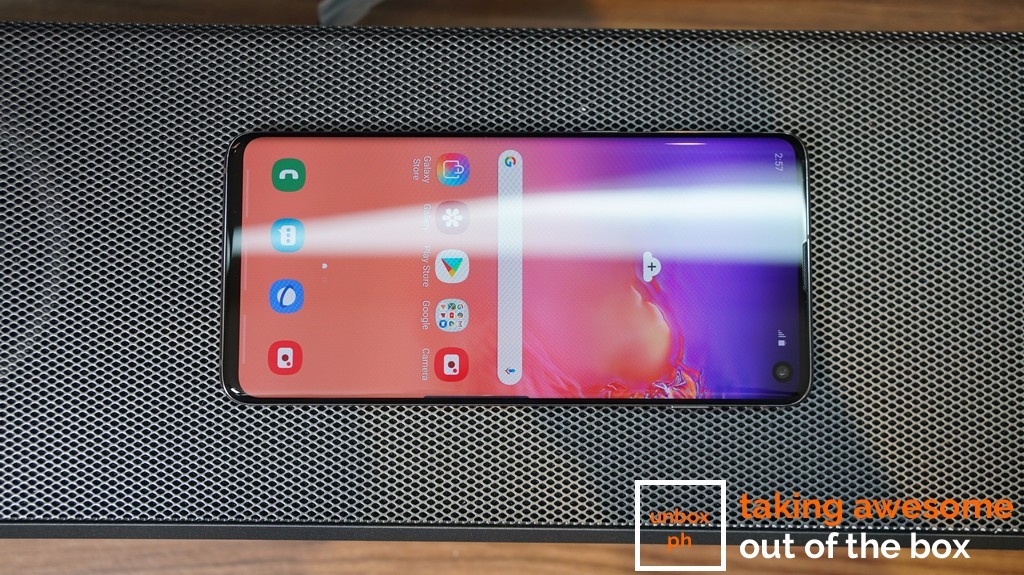
Display
The displays on top-tier Samsung flagships are hard to beat. That’s not surprising, considering that Samsung supplies AMOLED displays to other companies as their main business.

While both phones have near identical screen sizes (6.3-inches for the Galaxy S10 Plus and 6.39-inches for the Huawei Mate 20 Pro) Samsung beats the Mate 20 Pro in both overall screen to body ratio (93.1% on the S10 Plus to the 87.9% of the Mate 20 Pro) and screen quality, thanks to the Dynamic Super AMOLED panel on their new phones.

Notch/front camera
Samsung stubbornly refused to use a notch on most of their smartphones, which is understandable considering the amount of grief they gave Apple, their nearest competitor, for doing so. But to get that increased screen-to-body ratio, Samsung had to do something radical with the front cameras of the S10 Plus.
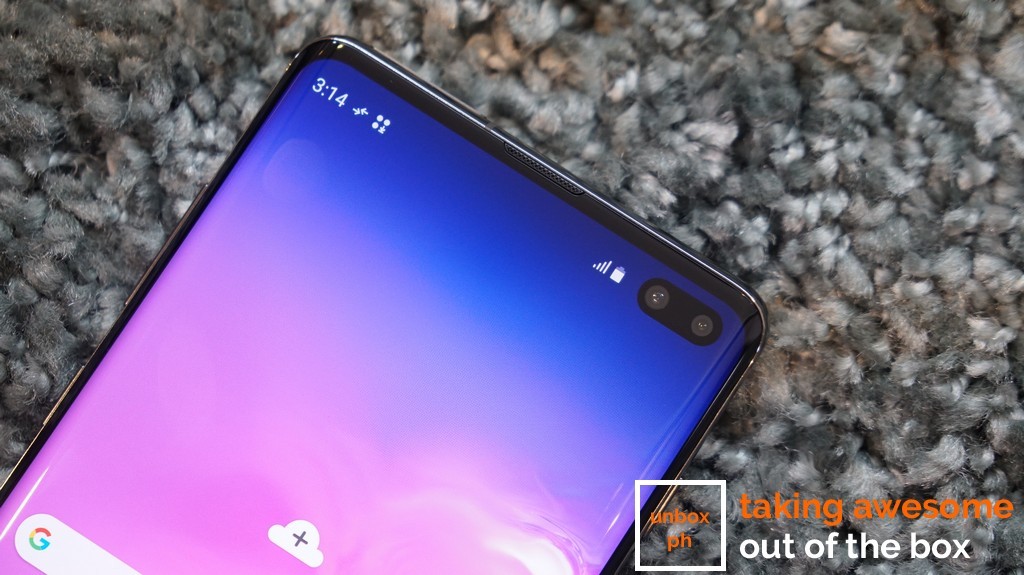
Their answer? Placing the two front-facing cameras on the upper left side of the display. Dubbed the hole-punch display, this camera layout removes the need for a notch entirely, though the dual front camera holes look pretty ugly, marring an otherwise pretty screen.

The Mate 20 Pro, on the other hand, uses a large notch that houses the front camera and a number of other sensors that facilitates the face unlock tech on the device.
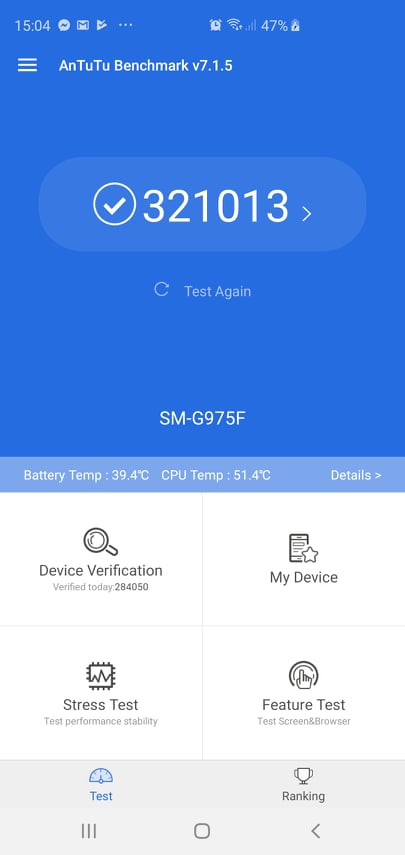
Hardware
Samsung’s Galaxy S10 Plus has either an Exynos 9820 processor or a Snapdragon 855 flagship depending on where you buy the phone. In the Philippines, the Galaxy S10 Plus runs Samsung’s Exynos 9820, and comes with 8GB of RAM with 128GB of expandable storage using normal microSD cards.

Huawei’s Mate 20 Pro, on the other hand, uses a Kirin 980 processor with 6GB of RAM and 128GB of storage, expandable via Huawei’s proprietary nano-memory card.
As far as benchmarks are concerned, Samsung’s Exynos 9820 beats the Kirin 980 chipset, but as for actual use, we didn’t see any large gaps in terms of performance. Games feel extremely fast and fluid on both devices, and thermal performance under load for both feel roughly the same.
Software
Both phones run Android Pie out of the box, though both have their own UI layered on top of stock Android. For Huawei, it’s EMUI 9, and for Samsung, it’s their new One UI.
For all the hate that Samsung got for their old UI, their new One UI feels a heck of a lot better than the bloated mess that was TouchWiz.
Huawei’s EMUI 9 feels fast and fluid, though we can’t really say that one UI is better than the other since much of it boils down to personal preference.
What we can say though is that Huawei has been more consistent in delivering Android updates the past few months, something that Samsung has struggled with recently.

Cameras
Both the Mate 20 Pro and the Galaxy S10 Plus have triple cameras embedded in the rear. The Mate 20 Pro uses Leica-branded, 40-megapixel 27mm f/1.8 wide-angle camera, 20-megapixel 16mm f/2.2 ultra-wide-angle camera, and an 8-megapixel 80mm f/2.4 telephoto camera.
Read: First Shots: Huawei Mate 20 Pro in London

The Galaxy S10 Plus meanwhile has a 12-megapixel primary camera with f/1.5 and f/2.4 aperture; 12-megapixel telephoto camera with f/2.4 aperture and 2x optical zoom and a 16-megapixel ultra-wide camera.
Read: First Shots: Samsung Galaxy S10 Plus
Looking at the sample photos below, Huawei’s Mate 20 Pro has a noticeably warmer and richer tone compared to the Galaxy S10 Plus which has a more natural tone overall.
Both of Samsung’s wide cameras capture more of a scene than Huawei’s as well.
As for image quality, both phones are roughly equal to each other in both daylight and low-light shots which isn’t surprising, since the Galaxy S10 Plus is ranked the same in DxOMark’s camera benchmark.
Both phones have AI features baked in, though the Mate 20 Pro has more shooting features compared to the Galaxy S10 Plus overall.

Battery
Both phones have relatively large power packs nestled in their glass bodies: the Galaxy S10 Plus has a 4100mAh while the Mate 20 Pro has a slightly larger 4200mAh unit.
The Galaxy S10 Plus narrowly beats the Mate 20 Pro in our PCMark Battery benchmark, recording an excellent 12 hour 15 minute run VS the 11 hour 57 minute run of its rival.
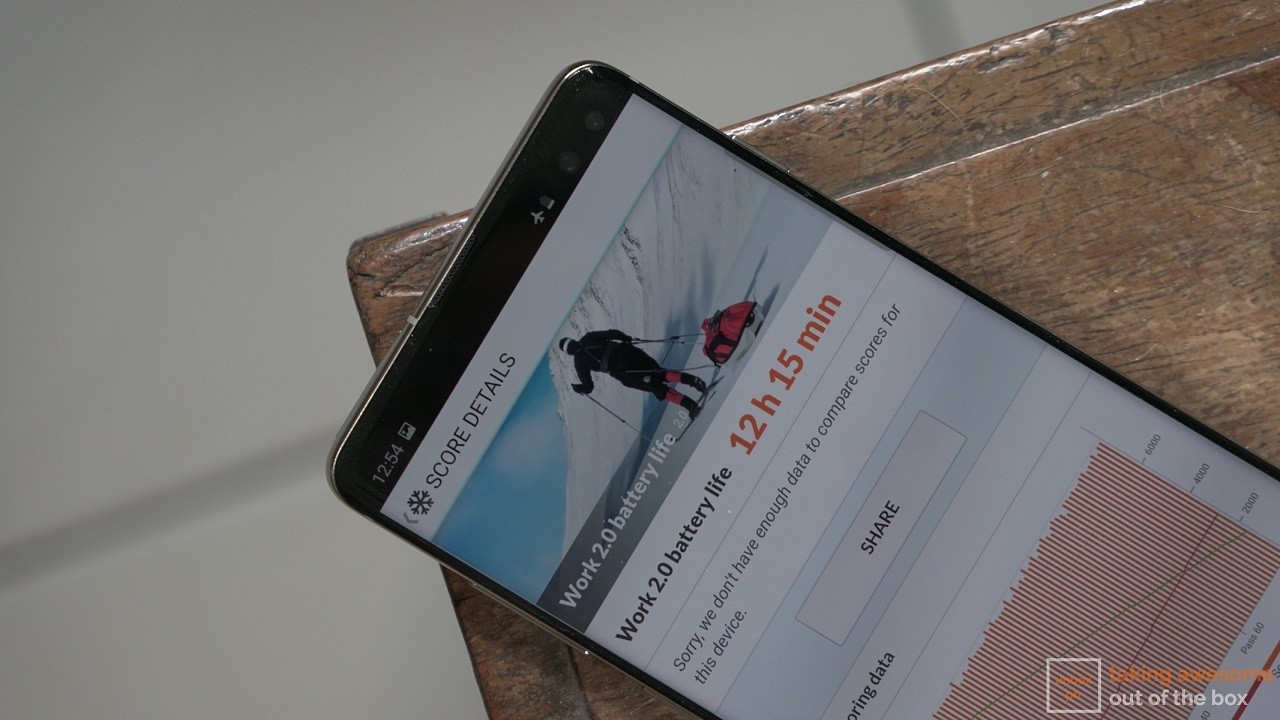
But Samsung’s S10 Plus has a big handicap, since the phone only supports 15W fast charging via Qualcomm’s Quick Charge 2.0.
That pales in comparison to the 40W fast charging capabilities of the Mate 20 Pro, which can charge the phone to 70 percent from 0 in just 30 minutes.

Price
The Huawei Mate 20 Pro’s biggest advantage VS Samsung’s new flagship is price, as the phone received a hefty price cut just recently, dropping its price to just Php 44,990.
That’s a significant price advantage over Samsung’s Galaxy S10 Plus, which is priced at Php 55,990 for the 8GB/128GB variant.
That 10K price difference may attract more people to pick up the Mate 20 Pro, despite its deficiencies compared to Samsung’s latest flagship.
Samsung Galaxy S10 and S10 Plus Hands-on, Quick Review: Something To Prove


